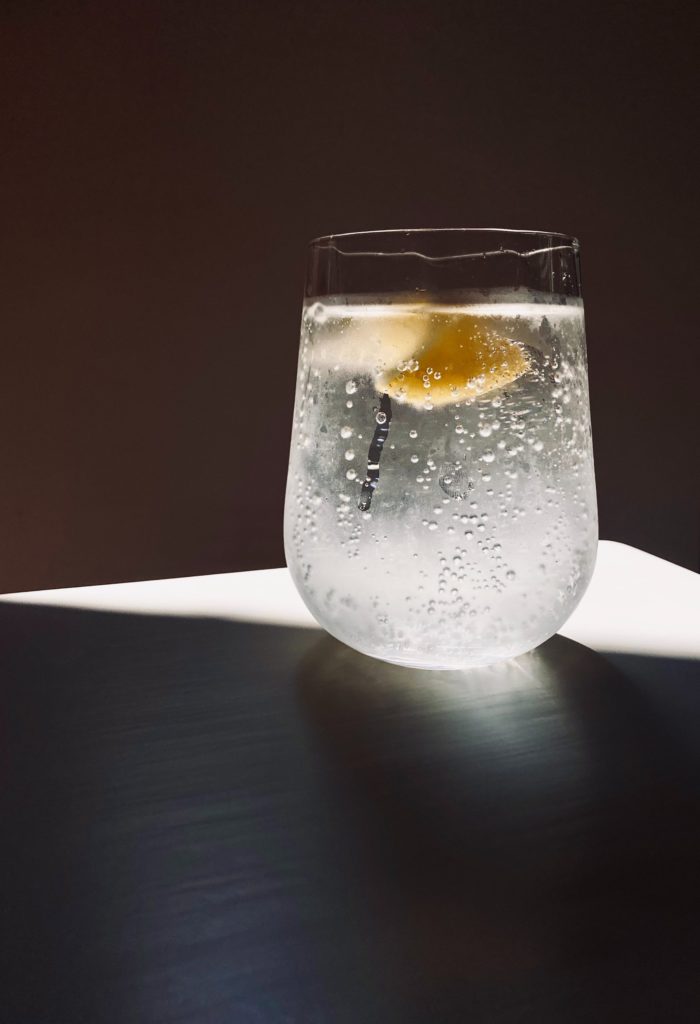
We all know we need to stay hydrated, and plain, old fashioned tap water can be unappealing to many. Drinks companies are of course aware of this and with so many water alternatives available, fizzy waters are a popular choice. But it can be difficult to understand the difference between them. Is there a difference between soda and sparkling water?
Let’s first consider what they have in common; they all contain water and have bubbles! In other words, they are a carbonated water. Now, these bubbles may be artificially introduced, as part of the manufacturing process or they may contain natural bubbles from a natural source.
Looking closer at some of the common names given:
-
Fizzy or Sparkling Water
These are essentially the same thing; to add bubbles artificially, carbon dioxide gas is dissolved into the water. This gives us what we know as “Fizzy Water”; simply water with CO2 added resulting in a “tasteless” water, although this can depend on the brand too.
-
Sparkling Mineral Water
Where the water is naturally carbonated, for example from a spring or a well where you find natural bubbles, this is called a Sparkling Mineral Water. This spring water is naturally infused with minerals like sodium, magnesium and calcium naturally and the amounts will differ depending on the spring the water was harvested from. These differing amounts will also change the taste of the water, which is why brands differ, each having their own unique taste.
You may also find that some brands add more CO2 to make them even more bubbly.
Examples include San Pellegrino and Perrier; both calorie-free naturally carbonated spring waters. As it happens, the spring in the South of France where Perrier is sourced is so bubbly, that the bubbles are initially extracted before being re-introduced during bottling, to give it’s distinctive bubble content. The flavoured Perrier alternatives are infused with real juices and sugar.
-
Soda Water
Also known as “club soda”, this is plain water that has CO2 and minerals added as part of the manufacturing process. This can enhance the taste by giving it a slightly “salty” taste.
-
Tonic Water
Tonic water has a strong and unique flavour. Essentially it is a soda water that has been carbonated but also contains quinine, a compound that gives it’s bitter taste. Historically tonic water was used to prevent malaria in hot countries, although, in days gone by, tonic water contained much more quinine.
To offset the bitter taste, tonic water tends to be sweetened with sugar or artificial sweeteners.
Which carbonated water is the healthiest?
Whilst plain water is the best choice to ensure you stay hydrated, it is best to avoid tonic water which is sweetened (even artificially). Soda or sparkling mineral water will provide additional minerals which may benefit your health, whilst fizzy water doesn’t necessarily provide any additional health benefits, aside from helping you stay hydrated.
Essentially, as these carbonated waters are simply water with gas added, a sparkling water will hydrate you just as well as plain water. However, the bubbles may leave you feeling fuller more quickly, so you may find you don’t drink as much volume as you would plain water.
Does the acidity make your body acidic?
These drinks are only slightly acidic, with a PH of around 3-4. However, drinking these drinks does not result in your body becoming acidic. Your body will always strive to keep your pH naturally slightly alkaline and most of the carbon dioxide is removed naturally by your kidneys and lungs.
What about your dental health?
Whilst carbonated waters as such as not necessarily “unhealthy”, the acid levels of these drinks are a cause for concern for our dental health. The acidity can erode the enamel of our teeth, with some sparkling waters more acidic than others. However, it is worth noting that studies show that sugary carbonated drinks are the worst culprits.
Here’s the good news…
It has long been thought that the high acid content of carbonated drinks can lead to poor bone health over time. However, the research suggests that it is not the “fizz” that is to blame.
Whilst carbonated drinks have not been shown to have a negative effect on bone density, this notion is associated with the consumption of cola drinks specifically. This is because these drinks contain phosphorus and when phosphorus levels are high and calcium levels are low, the body sends out messages to excrete less calcium and retain more as it is processed, but it can also leech calcium from the bones if necessary.
In fact, studies show that poor bone density is more likely to be a result of inadequate calcium intake; one study of teenage girls who consumed carbonated drinks and showed lower bone mineral density concluded that this was perhaps due to replacing milk with carbonated drinks.
Interestingly, another small study of 18 healthy postmenopausal women who drank 1litre of sodium-rich carbonated water, each day for 8 weeks, showed better calcium retention than those drinking mineral water over the same period.
As always, a healthy balanced and varied diet, rich in dark green vegetables will provide adequate calcium levels to help prevent any adverse bone health issues.
My top sparkling water choice…
I look out for water in a glass rather than a plastic bottle and then it’s a question of flavour and how fizzy they are. My favourite is San Pelegrino, which is a naturally fizzy mineral water, sourced from the San Pelegrino spring in Italy. Perrier comes a close second!








0 Comments